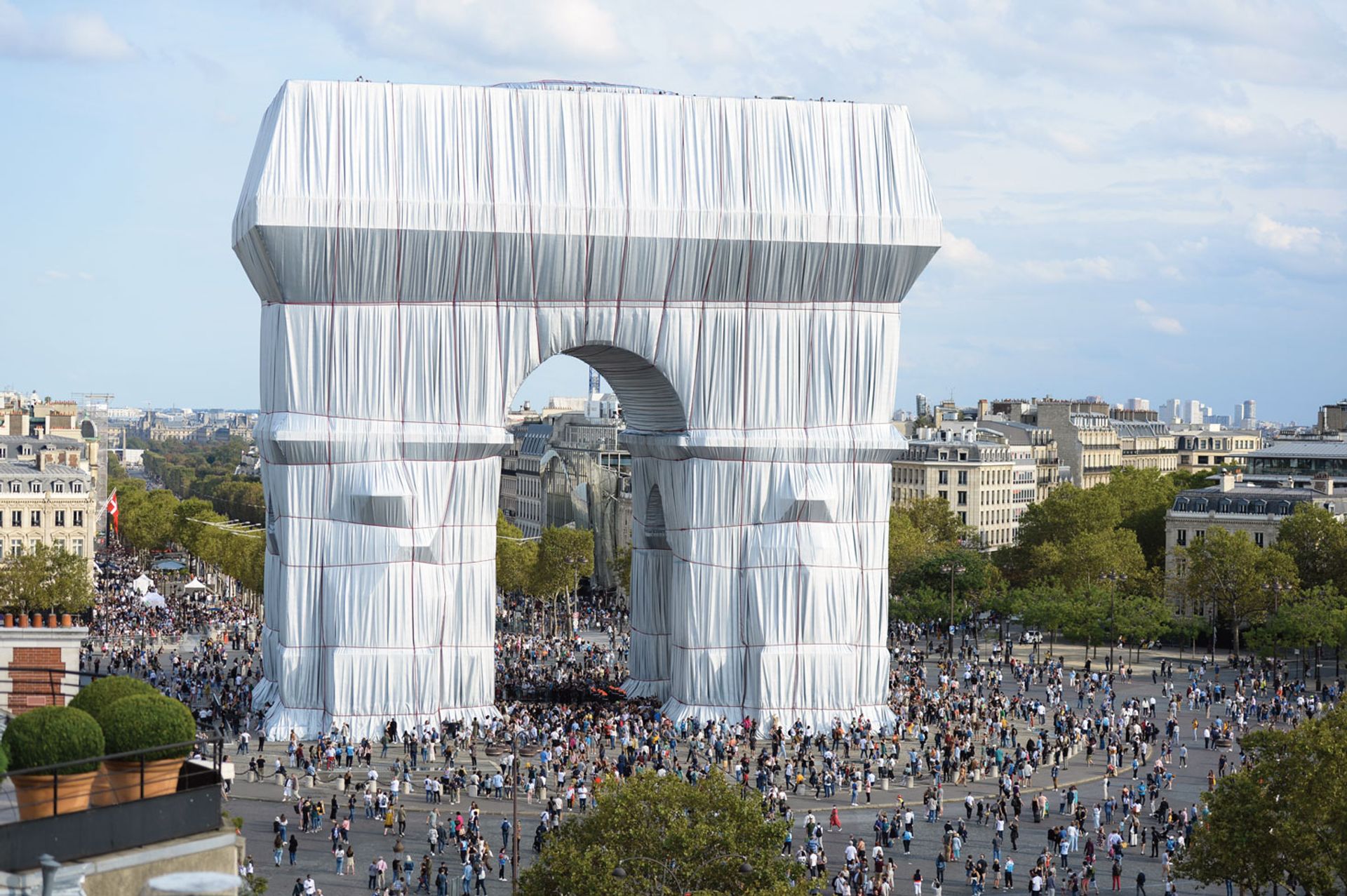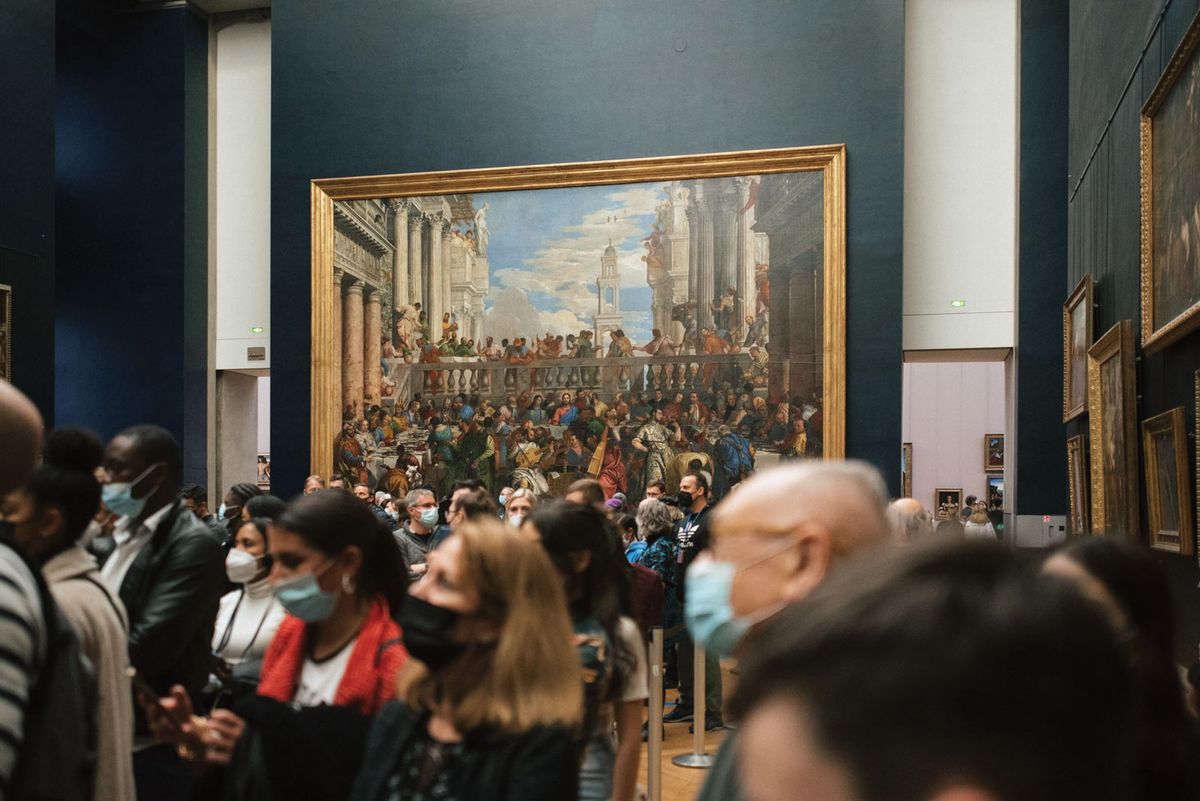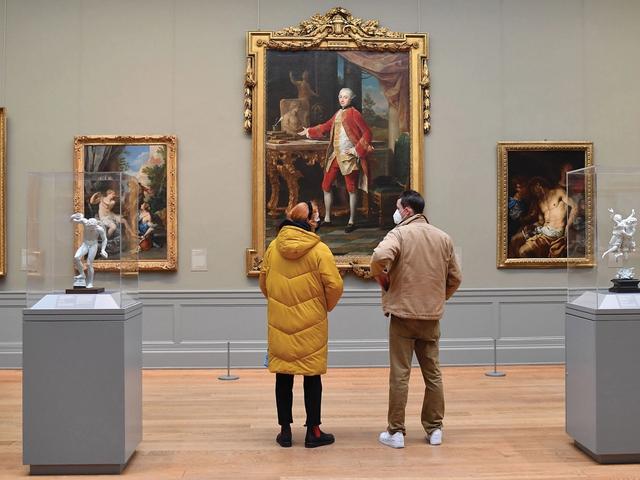“French museums have survived the Covid crisis, thanks to state support,” says Jean-François Hébert, the culture ministry’s head of heritage. “But they are worried for 2023,” he says, when President Emmanuel Macron’s massive recovery and investment plans phase out, and with no guarantees that tourism will return to pre-pandemic levels.
According to the World Tourism Organization, hotel occupancy in France for January 2021 fell to 30% of 2019 levels. By last December, that had climbed to 48%. The recovery appears to be slower than in Spain or Italy, where the rate rose from 18% to 48% and 41% respectively. In the UK, it went from 24% to 56%.
The past two years have been highly paradoxical for French museums and historical monuments. They were forced to close for almost 12 months, the longest period of museum closure worldwide. But “not one employee was fired, nor one artwork sold”, Hébert says. “So museums were able to restart at full capacity immediately after the lockdown ended.”
In spite of material difficulties, we must maintain a rhythm of exhibitionsLaurent Lebon, Centre Pompidou
Compared to 2019, museum attendance in France fell by 72% in 2020 and 62% in 2021. The Musée du Louvre welcomed only 2.8 million visitors, a far cry from the 2018 record of ten million. Only 6% of visitors were American, compared with 20% pre-pandemic, and there were virtually no tourists from Asia. Nonetheless, this was better than expected “thanks to a rise in European visitors”, says Hébert, who does not expect a return to normal before 2024-25.
Over the past two years, the government has provided an extraordinary €570m for museums. Hébert says this covered 60% of the losses. At the same time, museums cut costs by €169m. Even so, those with reserves, such as the Palace of Versailles, Musée d’Orsay, Centre Pompidou and, above all, the Louvre, almost emptied their coffers.
Hébert sees signs of hope in the increasing numbers of younger visitors from France and neighbouring countries. But this amplifies financial worries because European visitors under 26 have free access to the collections—and they now account for 45% of the Louvre visitors, for instance. “We are proud of this economic model,” says Hébert, but he agrees that fundamental policy changes will be needed. “To continue attracting a local audience, cultural venues must become living spaces. There is hope, because the potential is enormous.” According to an official study, in 2018, 70% of French citizens over 15 years old had not visited a museum or a single exhibition in a year, a figure that has barely changed for decades.
“Fortunately, we are seeing a new dynamic,” says a spokesperson for the Louvre. “In February, like the last trimester of 2021, we welcomed 18,000 to 20,000 visitors a day. And the number of local visitors [from the Paris region], has not gone down.”
In spite of staff shortages due to Omicron infections, the Louvre keeps all its galleries open on Sundays, and 82% to 96% of them on weekdays. It plans to open more small-format exhibition spaces. Like her predecessor, the new director, Laurence des Cars, also wants to extend opening hours. Museums in Paris close at 5.30pm, an obstacle for working people and even tourists. But such a move will not be considered before the Covid-19 crisis is over. Still, the museum plans two major exhibitions this year (on Egypt and Nubia, and on still-lifes).

Christo and Jeanne-Claude’s L’Arc de Triomphe, Wrapped was a major attraction at a time when Paris received relatively few tourists Photo: Benjamin Loyseau © 2021 Christo and Jeanne-Claude Foundation
Not all museums lost as many visitors, underscoring the importance of local support and programming. The newly restored museum of Paris history, Musée Carnavalet, received almost half a million people in six months. While Versailles, the Louvre and the Orsay, which are all dependent on tourism, lost two-thirds of their attendance, the Petit Palais lost only 46%, partly thanks to a show on the Pre-Raphaelites. The Centre Pompidou, where a Georgia O’Keeffe retrospective attracted an unexpected 300,000 visitors, lost 54%.
“In spite of material difficulties, we must maintain a rhythm of exhibitions,” says Laurent Lebon, the president of the Centre Pompidou, “even with fewer works, longer durations, using our own resources and reusing infrastructure.” The museum’s public director, Catherine Guillou, adds: “It’s all the more important for a museum like ours, where we do not have a Mona Lisa and the audience is mainly event driven.” Guillou says the Centre Pompidou is relaunching its marketing aimed at Europe. “We are also multiplying activities with schools, which have not been able to visit us for two years now.”
At Versailles, where entries dropped to 2.5 million in 2021 from 8.5 million in 2019, “tourists are slowly coming back and visits this winter were supported by a four-month exhibition on the king’s menagerie,” says the general manager Thierry Gausseron. “We are definitely not economising on the exhibition programme [or] investment. We have maintained restoration works and hired more staff to open all the galleries on the ground floors.” In the park, the palace has reopened the Trianon and the royal stable, with a gallery of sculpture. Rather than betting on film productions, big banquets and wedding parties for income, which are at a low, the palace “counts on smaller events, unusual experiences… we were happy to see that the opening of a painting gallery in the attics, exclusively for guided visits, attracted 113,000 visitors from July to December.”
This renewal, Gausseron insists, is all the more important because he sees a coming financial challenge, with the palace constantly in need of restoration work. “Before the ratio of our income to public subsidies was 70%-30%; now it is the exact opposite.”
Philippe Bélaval, the head of the Centre des Monuments Nationaux, cites the example of the Hôtel de la Marine, the former headquarters of the navy in a 550-room palace on the Place de la Concorde, designed under Louis XV, which opened last June after a four-year, €132m renovation. “210,000 visitors have shown up in six months. We were able to open the restored 18th-century galleries, including an exhibition space for Qatari Prince Hamad al Thani’s collection, but also to rent spaces for special events and private companies’ offices. We have opened two restaurants and plan to launch a workshop for crystal chandeliers and a food and wine training centre. Not one square metre should be left unused,” Bélaval says.
The Centre des Monuments Nationaux manages 100 sites around France, including Mont Saint-Michel, which together attracted 10 million visitors in 2019. The numbers fell to 3.5 million in 2020, but rebounded to 4.7 million in 2021, thanks to events such as Christo’s wrapping of the Arc de Triomphe and a show on the abolition of the death penalty at the Pantheon. But having lost 60% of the organisation’s income, change has become a necessity. “We were previously able to cover 85% of our own budget. That’s now down to 15%. Everyone understands this cannot last long. We have to build other solutions.”



